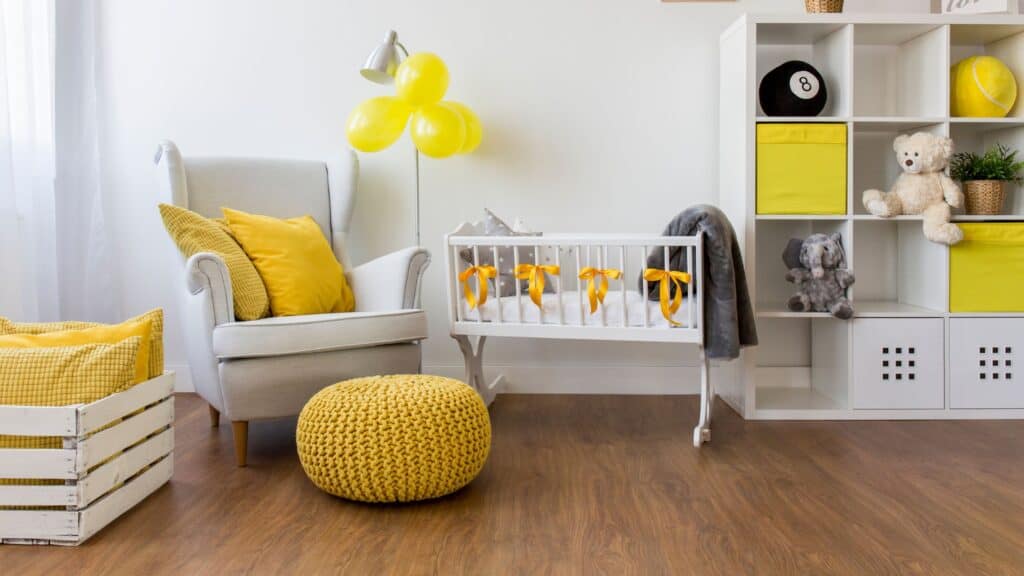In this article, we’ll explore the differences between an interior designer vs architect, and highlight the key considerations you should keep in mind when deciding who to hire.
Architecture and interior design are sometimes lumped together, yet they are distinct disciplines with distinct focuses and skill sets. While both are concerned with the design and building of environments, they approach these jobs in quite different ways.
Difference Between Interior Design And Interior Architecture
When someone decides to perform research and gather funds to renovate their home or decorate an office, it is typical for architects to be confused with interior designers, and vice versa. In this case, it is critical to distinguish between architecture and interior design.
Professionalism and sensitivity might change a mere researcher into a customer at that point. After all, many interior designers also work as architects, which can lead to lucrative business opportunities.
An architecture professional, as well as an interior design professional, may and should alleviate this potential client’s concerns by comprehending his project and stating how he can assist him and when it is best to refer him to another specialist to fully fulfill his objectives.
As a result, designers and architects must have a list of qualified professionals and partners to refer to their clients. In this way, in addition to establishing a sense of trust, whenever the person you assisted needs to refer a specialist in your region, the chances of remembering who aided you are boosted right from the start.
Nonetheless, it can be difficult for professionals in the area to explain the difference between architecture and interior design to lay people using less technical language. The objective is to offer some examples so that potential consumers may easily understand the issue and possibly suggest solutions that lead to a collaboration between the two disciplines.
Interior Designer vs Architect

What Is An Architect?
An architect creates empty spaces that are developed to perfection with a precise balance of planning and execution. They build new, colorful, exciting, and innovative settings that enliven our surroundings and keep monotony at bay. An architect is someone who designs, reviews and supervises building construction. They create a structure in a particular space that is both useful and visually appealing. An architect is responsible for all of the details on the exterior of a building.
An architect also plans the basic structure of the building, including the location of rooms, kitchen, dining room, and garden, and ensures that adequate space is awarded to them in accordance with the client’s needs.
Interior architecture is concerned with the interior and its functionality for human habitation. The interior architecture combines art and science to design, renovate, or update the interiors of various structures such as homes, workplaces, and other interior spaces.
This style of architecture also entails converting one type of space into another (also known as adaptive reuse), such as converting an old office building’s interior space into living apartments.
What Is An Interior Designer?
The interior designer is responsible for decorating and furnishing the vacant areas within a building once it has been created. As the name implies, these individuals design the interiors of a location and internally beautify the property in accordance with the purpose for which it will be utilized.
For example, if they are given the project of a house, they decide which sofas should be kept in the drawing room, which curtains would go well with the sofa, and what color scheme should be followed in the house.
If any woodwork is required, they also decide where the different furniture items should be placed, which paintings would enhance the look of the house, and what kind of accessories such as hangings, clocks, vases, and so on are required to balance the room. As a result, interior designers fill in the blank areas within a building to make it whole.
Relationship Between Architecture And Interior Design
It is critical to note that only an architect is legally permitted to perform physical modifications in settings, such as wall demolition or construction. As a result, an interior designer or decorator can propose a building restructuring, but only an architect can evaluate it and then carry it out.
The interior design project adheres to ergonomic technical requirements in order to create coherent settings based on acoustics, lighting, and even temperature-related features, while always considering how to combine comfort, well-being, and aesthetics.
The following are the differences between the two professions in terms of training, concentration, and design:
What They Design
Architects design buildings, whereas interior designers design the building’s interiors, which include furniture, fixtures, and other accessories to provide the desired aesthetic and function for places inside the building.
What They Are Trained In
An architect is educated in the design of a structural building that complies with national, state, and local building codes. The interior designer has received training in the creation of a functional and high-quality interior environment.
Requirements They Focus On
Architects are more concerned with technical needs such as form, material, temperature, lighting, ventilation, flooring, and so on, whereas interior designers are more concerned with human psychology and the emotional aspects of environments.
Architect vs Interior Designer – Do I Need An Architect Or An Interior Designer?

When deciding who to hire for a project, one must first determine the tasks involved in the project in order to make the best decisions. Both occupations are enjoyable to work in. Analyze the areas of the house that require renovation beyond the standard designs first. It includes even the smallest features of the room, such as curtains, cushions, and vases.
Interior design is taught in any architectural school, and an interior architect can work as an interior designer with little or no accreditation. The skills required for both positions overlap. An individual who has studied interior design for three years is better prepared than an individual who has studied interior architecture for seven years. As a result, it is preferable to prioritize the tasks at hand.
If they are more than an interior designer can handle, they should hire an interior architect for their indoor areas. It is also crucial to note that some architects focus solely on architectural jobs like engineering, exteriors, and coding safety for structures.
Others are multi-functional and can provide architectural and interior design services for new structures. Interior designers also handle other aspects of a project that deal with how the interiors look, such as selecting finishes, furniture, and finer elements such as curtain colors and palettes. Some interior designers focus solely on furniture, woodwork, textiles, and finishes, as well as technological aspects.
Architecture And Interior Design: Arts That Must Work Together
It is part of an interior designer’s project to recommend furniture and item combinations, always with the well-being of persons who will live in these spaces in mind, whether at home or at business. This specialist can also recommend layout changes, such as expanding or readjusting the space, adding and removing walls, opening niches, installing doors and windows, and so on, but his job is limited to interior situations.
How Do An Interior Designer And an Architect Complement Each Other?
We touched on this briefly in the previous topic, but this collaboration can be much more formalized, resulting in benefits for both professionals. To understand how a consumer should be served, the first step is to identify their specific wants and expectations.
While managing a project to renovate a house, an interior designer must first determine whether it is necessary to hire an architect to make structural changes.
Similarly, an architect who is working on a new home design from the ground up can collaborate with an interior designer to specify the decorating, furniture, ornaments, and other parts of the project so that it exceeds the customer’s expectations.
Preferably, both professions already have partners to secure the project’s total completion, successfully capturing and serving new customers. They can even work together in the same architecture and interior design firm.
In addition, at this time of crisis, combining an architecture and interior design office can be an ideal method to minimize company costs, boost client portfolios, and even produce projects with greater quality and agility.
Conclusion – Interior Designer vs Architect
The broader your network of relationships, the better for your business. To build a solid reputation in the market, it is critical that the architect does not dismiss a customer when he is sought by someone who genuinely requires an interior designer or decorator, and that the interior designer does not act in the inverse position.
As previously stated, they do the right thing by recommending the best professionals for their consumers. As a result, if you are an interior designer or architect and do not want to add another area to your already established business, it is critical that you maintain good relationships with other professionals in your field, whether they are landscapers, civil engineers, urban planners, or many other specialties, to avoid losing focus.
There will undoubtedly be reciprocation in the future if you promote one of them. As a result, keep an eye out for specialists that may provide additional value to your organization, such as partners.
Architecture and interior design are intriguing fields with a variety of exciting prospects. While they have certain similarities, they are separate disciplines that necessitate different skill sets and approaches. There are several opportunities to create attractive, useful rooms that improve people’s lives, whether you focus on architecture or interior design.
